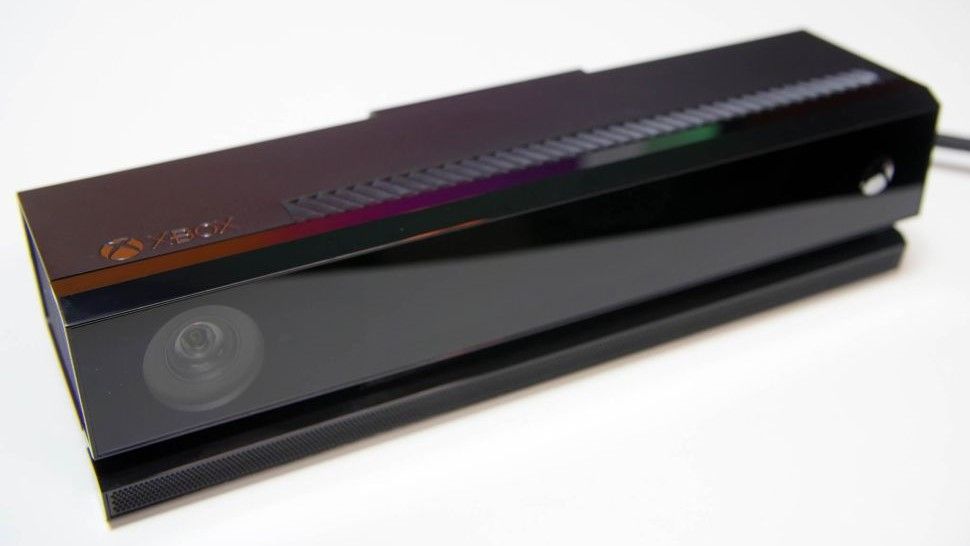Integrating Microsoft Copilot with Kinect Would Have Been a Logical Fit for Gaming

Understanding AI’s Role in Gaming
Artificial Intelligence (AI) is a topic that sparks debate, yet it has become an integral part of many people’s daily lives. Personal experiences with AI tools like ChatGPT and Bing Chat illustrate how this technology can be beneficial. Companies like Microsoft are incorporating AI into various products, promoting its use across different platforms.
Introducing Xbox Copilot
Recently, Microsoft announced Xbox Copilot, a feature designed to enhance gaming experiences. The concept seems appealing at first glance, but it comes with a significant drawback: users need to rely on their phone to interact with it. For many gamers, picking up a phone during gameplay disrupts the immersive experience.
Voice Interaction: The Pros and Cons
The idea of using voice commands while gaming could have been improved with the integration of Kinect. Kinect, a technology that enables voice and motion control, was launched during a period when the market may not have been ready. The original Kinect for Xbox 360 was a unique accessory that allowed innovative gameplay. However, when the Kinect 2.0 was released with Xbox One, it was primarily geared towards voice commands and general media control.
Many users appreciated the convenience of using voice commands with Kinect. Navigating through TV options while managing a baby became much easier thanks to this technology. However, Kinect is largely seen as a thing of the past. The current AI tools offered by Microsoft don’t entirely capture the interactive experience that Kinect provided.
The Problem with Relying on Phones
With the Xbox Copilot depending on phone interaction, it may diminish the gaming experience. Gamers are already managing multiple devices: a console, a controller, and a TV. Interrupting gameplay to reach for a smartphone can be cumbersome, especially in high-stakes gaming scenarios.
In the words of gaming enthusiast Samuel Tolbert, yelling at a smaller screen for information or help disrupts the flow of gaming. The vision of a native AI experience embedded in the Xbox console remains appealing, though.
The Missed Opportunities with Kinect
While it may be too late for Kinect to make a comeback, its capabilities reveal significant insights into integrating voice technology into gaming. If Microsoft intends to implement AI tools in the Xbox ecosystem, having a functional voice interface would be critical.
For instance, if AI can be integrated into applications like Notepad in Windows 11, bringing a similar user-friendly AI tool to the Xbox console seems like a logical next step. Unfortunately, existing hardware like the Kinect is now obsolete. Even if someone possesses an old Kinect, it cannot connect to modern consoles.
The Need for Seamless Voice Control
Any future iterations of Copilot must emphasize seamless voice interaction. During gameplay, players do not want to divert their attention just to engage with an AI chatbot. For the technology to succeed, it needs to allow users to interact through their voice without interrupting their experience.
The introduction of a microphone attached to the console could facilitate this. Voice control would enable gamers to interact naturally without needing to pause their game repeatedly. The solution should provide options that let users talk, receive information, and then return to their gameplay effortlessly.
As Microsoft considers its next steps with AI in gaming, the industry will be watching closely. The potential for AI to enhance user experiences remains significant if the technology evolves to meet gamers’ needs effectively.






